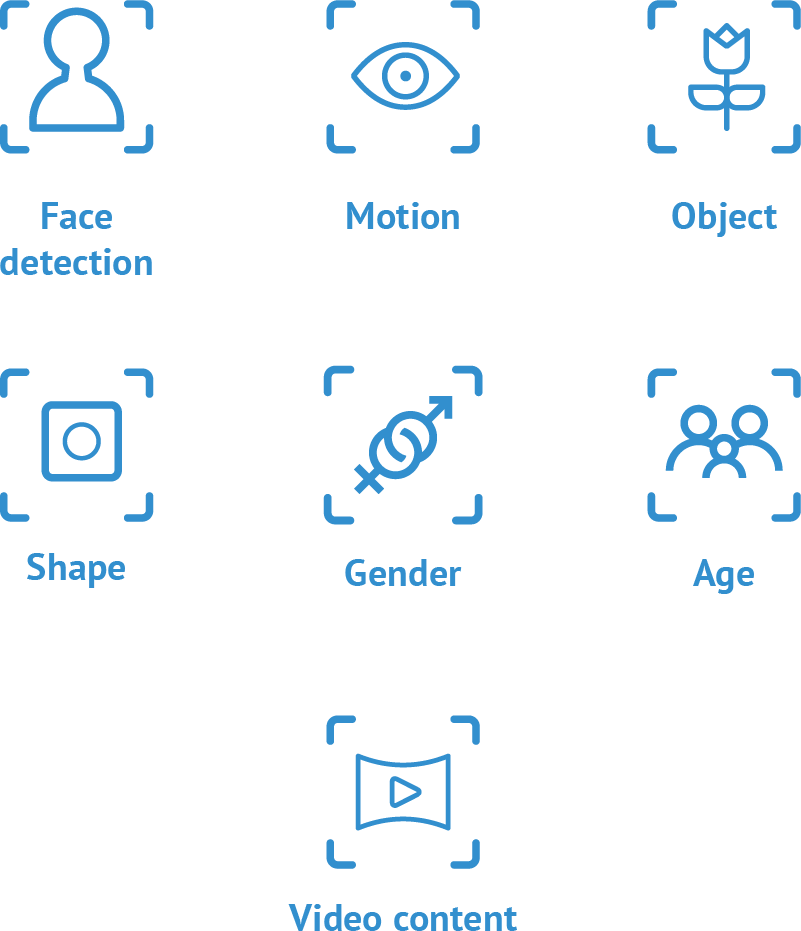Menu


-

DERIVING COMPETITIVE EDGE THROUGH IoT AND RPA
We are witnessing rapid technological advancements in various areas and many organizations have been strongly impacted by these.
-
RPA (Robotic Process Automation)

RPA is a technology that can mimic humans to perform high volume repetitive tasks efficiently. They have applications across almost all industries like financial services, retail, and healthcare. Some applications are given below.
Accounting & Financial Processing:
RPA can be used to automate accounting entries, as well as financial reporting. They can also be used for various administrative tasks like new account opening, account closure, claims processing, processing refunds and so on.
Customer Service:
RPA can help enhancing the customer experience. Bots are useful in answering customer queries and resolving issues in real time. They can be used to place transactions, and work with customer service agents to help them in retrieving relevant data in real time; enabling the agent to have a meaningful discussion with the client. Bots can also understand the contents of customer complaints through NLP, classify the complaints and then send it to the right team for further processing.
HR:
HR is a huge area where RPA can be extremely useful. Employee onboarding, approval process for leaves, information retrieval, are all areas where RPA can help streamline the process.
Supply Chain:
RPA can be used for inventory management, procurement, managing shipments as well as processing payments.
-
IoT

Retail analytics gives insight into a range of topics that influence your bottom line. You can monitor and analyze your visitor numbers, the dwell time, staff levels, staff planning and the energy consumption in each store.
By anonymously monitoring customer behaviour, retailers can build a clear picture of actual customer activity. Retailers can even better understand the story behind the aggregate numbers like sales density. Using this anonymous data, retailers can then optimize individual categories and zones in their stores. This is not only to understand and improve retail performance over time, but also manage physical assets like shopping trolleys and store fittings, and eventually creating the best experience for the customer via digital advertising and smartphone engagement.
Retailers can use smart carts with location beacons, pin-sized cameras installed by the side of shelves, or the store’s Wi-Fi network to see how many shoppers entered the store, how they moved around once inside, and what key areas they visited. This process can also provide basic demographic data, like gender and age group.
In-store analytics can help connect the dots between consumer, retail store, and buyer decisions. One area where retailers can derive a lot of value is through video analytics.
Video analytics refers to the algorithmic analysis of the contents of videos. Using this, you can understand the objects in a video and track behaviour, both real-time as well as post facto. Some of the features that can be detected using video analytics are:

Video analytics has applications pretty much in every domain, ranging from public safety, crowd management to face detection. One domain where it is being extensively used is in the area of shopper behaviour in stores and malls, to understand shopper behaviour and improve the experience.
-
Benefits to Marketers:
Improve conversions: Measure and compare how many customers dwell at each store section, and how many of those actually convert and buy something.
Improve layouts, store format and merchandising: With real-time data, test how changes in store format and layouts affect people’s shopping behaviour.
Window marketing: By counting the number of bypassing people and how many of them enter the store, retailers can monitor ‘capture rate’ which is a great metric for improving customer interactions e.g. it is useful in window marketing.
Opening hours: By closely following customer activity inside and outside a store, retailers can draw informed decisions regarding opening hours.
Checkout process: It is a key area where the customer experience has to be great. Real-time video feeds can help manage length of queues and streamline the process.
Loyalty and engagement: Monitor customers’ repeat visit patterns as well as how stores can engage customers as they step in from the entrance.
Asset management: Retailers can use the same technology to locate staff and assets, and optimize each for best customer service.
Using sensors combined with video feeds: Retailers can understand the store hotspots that attract crowds, the dwell times, as well as the dark areas with less footfalls. These help in improving the store layout as well as planning promotional activities.
Supply chain is a wide area where IoT can play an overly critical part: Using sensors and RFID tags, retailers can get real time visibility on their inventory levels. This will not only help improve customer satisfaction, but also improve labour utilization efficiency. This is even more critical for perishable items.
Route optimization is also an area where IoT can play a very important part. These can guide on the optimal route based on real time traffic updates as well as the weather forecast. Routes can be changed dynamically.
Optimizing promotions and product displays is another area where video analytics can be leveraged. By identifying trends in how consumers engage with product displays, retailers can better correlate promotions, displays and sales.
Sensors fitted on electrical gadgets inside the store (tube lights, refrigerators) can help conserve energy by more efficient utilization.


